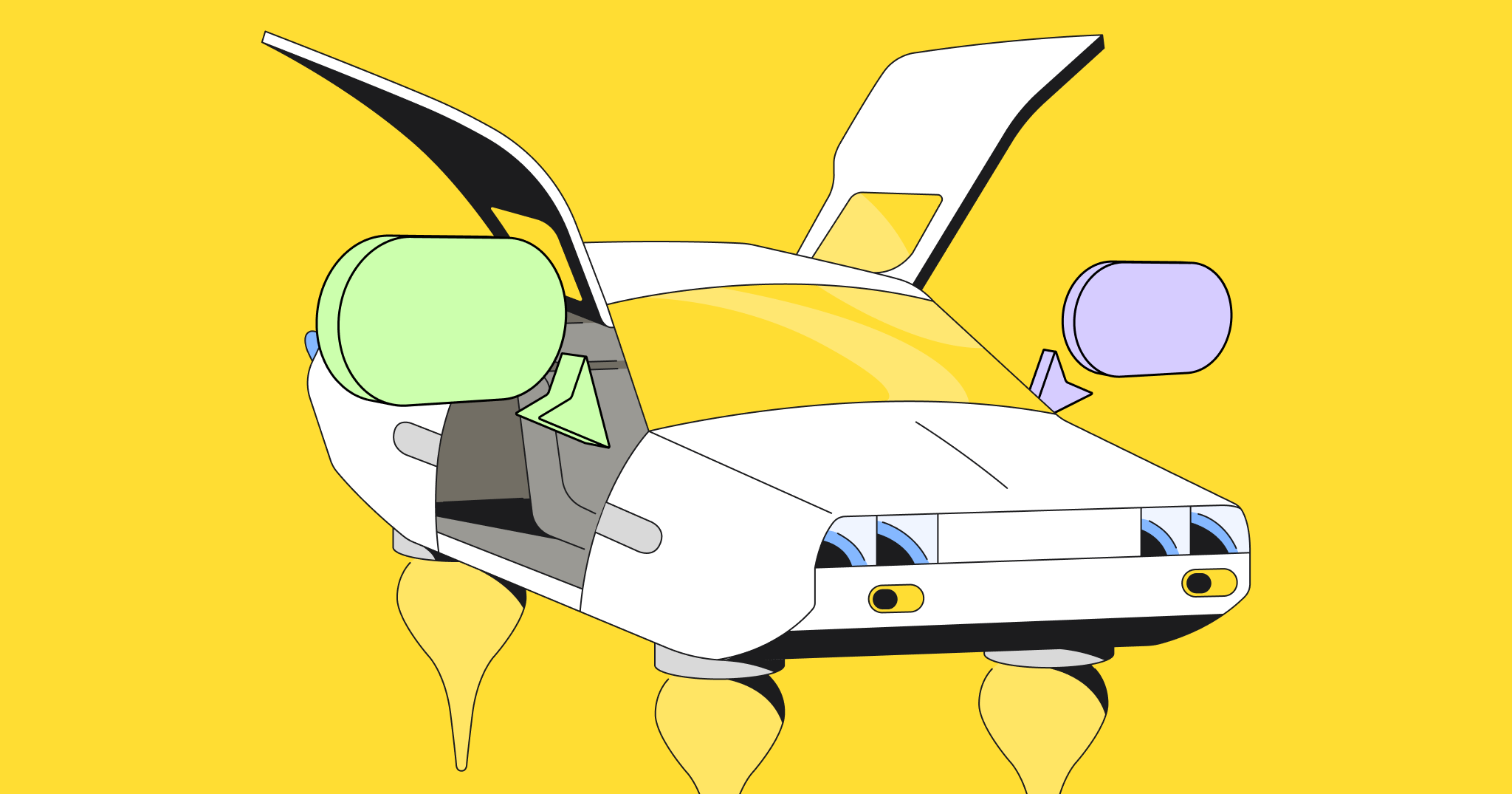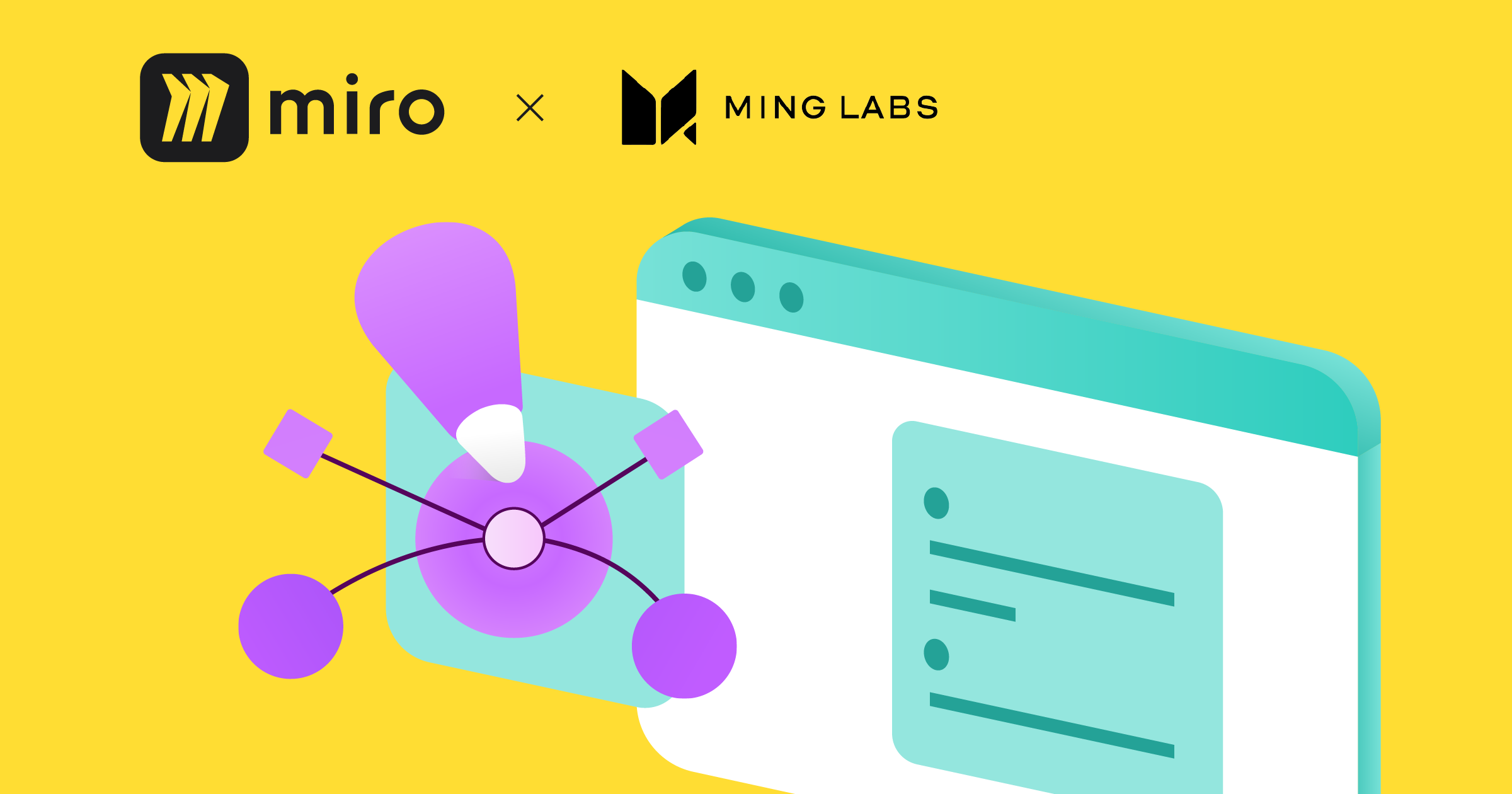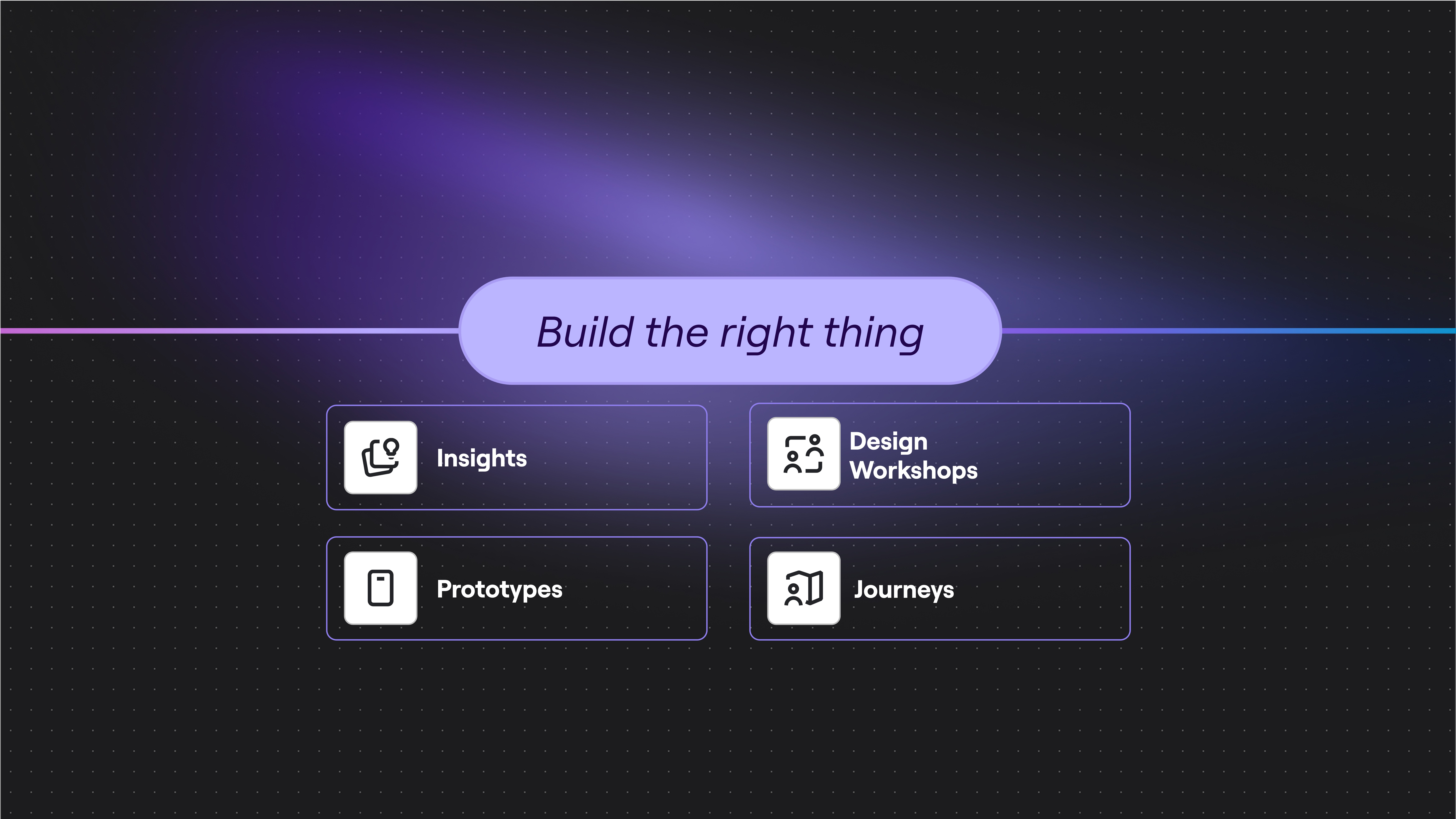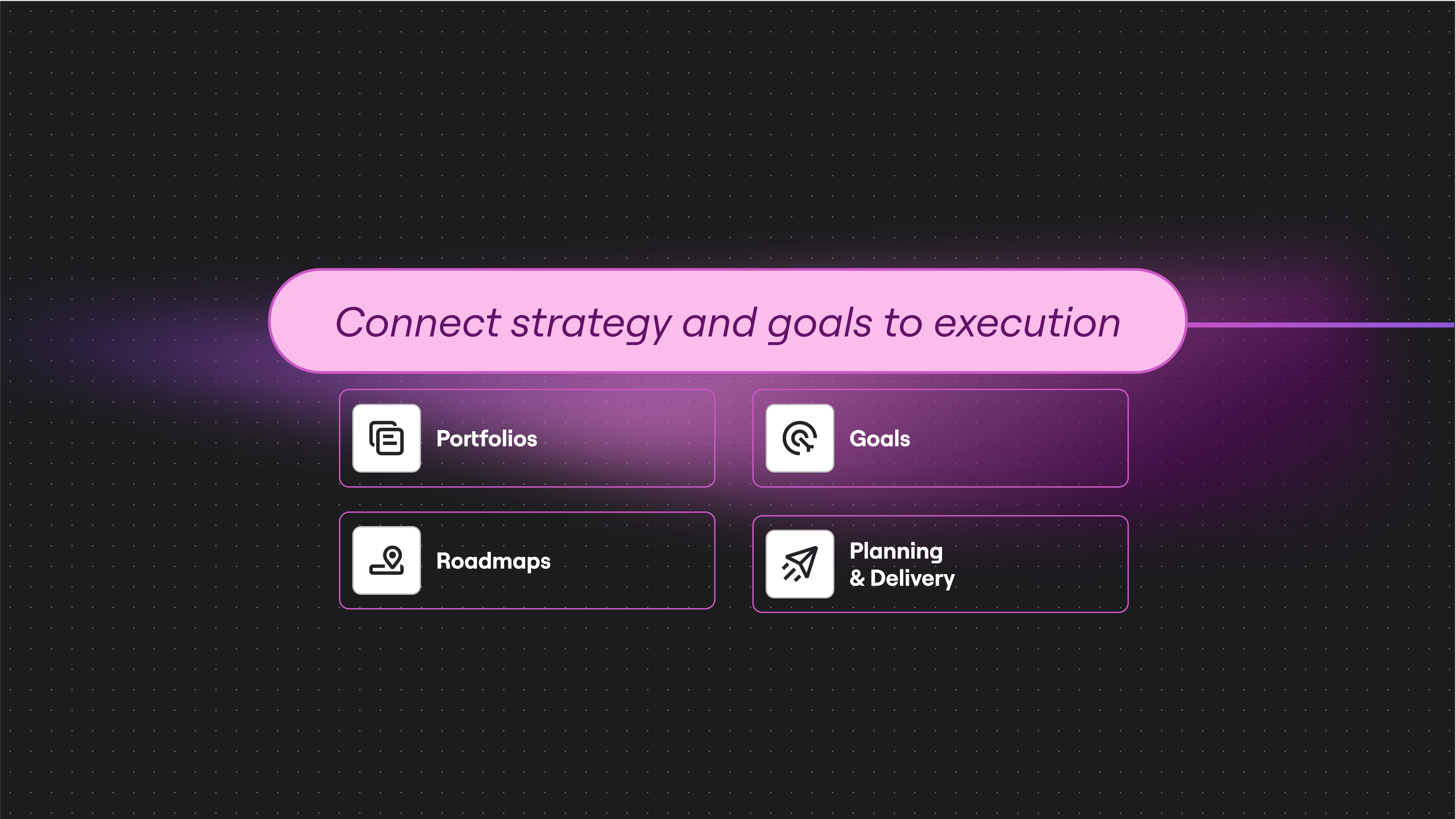Recently, Product Hunt released a new feature called Product Hunt Tab, a virtual coworking space. We chatted with founder Ryan Hoover on how the team landed on the idea, and their process for bringing new products to the community.
How did the idea for Product Hunt Tab come about?
People use Product Hunt to introduce new products to the world. They also use it to discover what’s new and interesting, and to see what people are saying. More and more, we saw that makers and people in technology had the desire to connect with each other – everything from providing feedback to working on side projects together. In the comments, people were sharing their emails and Twitter handles, to take the conversation offline and collaborate.
So we started exploring how we could help people build more connections on Product Hunt itself. How could we strengthen the community? We started with Makers, which was a way for people to share what they’re working on. Soon, hundreds of people were sharing their goals and tasks every week, some of them proactively volunteering, like, “Hey, you’re working on finding beta testers? I’ll give you feedback. Love to help.” Lots of really cool interactions.
But there was still something missing: a sense of presence and synchronicity. Working by yourself can feel isolating. So we decided to create something that felt more real-time and collaborative. We ask a simple question: “What are you working on right now?” Product Hunt Tab is one part Pomodoro timer and one part social network, where you can see what other people are working on.
PROFILE
Product Hunt
Is a website that surfaces the best new products, every day. It’s a place for product-loving enthusiasts to share and geek out about the latest mobile apps, websites, hardware projects, and tech creations.
Headquarters:
San Francisco
Founded by: Ryan Hoover
Founded in:
2014
How does it work?
We focused on making it simple, so you don’t have to say, “Between 5 and 6 I’m doing this and between 6 and 7 I’m doing that.” It’s more like Twitter or Facebook, asking a very simple question, like “What’s going on?” or “What’s on your mind?” We ask,“What are you working on?” We want to encourage you to focus on one task and be productive, so it asks that question in every single new tab. We don’t want it to be distracting.
You also don’t have to remember to open up a separate app – it’s just there in front of you when you’re browsing the internet. When you enter, you can enter anything, really. It could be, “I’m going to the gym!” or, “I’m working on my new blog post about remote working.” You can also have a call to action, like, “I need 10 beta testers for a new app.” Stating your goal helps you hold yourself accountable by saying to the world, “Here’s what I want to accomplish.”
We also wanted to build the UX to scale to an infinite number of people. Right now, it’s like a coffee shop, where we can all work, but there’s only one and everyone is spread out across the café. We want to build spaces where you can join other like-minded people – entrepreneurs in San Francisco, entrepreneurs in Paris, or women in tech. So we’re thinking through how to make these spaces that can scale over time to create narrow communities, like subreddits.
Who is your audience?
There are three categories. One is anyone who is working on a side project in technology – they may be building by themselves, but they still want to be connected to other people. The other category of people are freelancers or people who don’t do much client work.
The third category is remote workers at companies. The Product Tab team is fully distributed. We don’t yet have features to support teams of people, but there’s an evolution of the tool that allows teams to create passive channels or spaces, so you and all of your teammates know what you’re working on. It can become more transparent.
One problem in technology in general is that even though we talk to each other on the internet, it can still feel isolating to be working on projects by yourself, or working remotely.
Product development at Product Hunt
Describe the product development process at Product Hunt.
The path to building things can vary, but it’s typically based on observing behavior within the community. What are users doing that might be unusual? For example, at one point we noticed that users were building lists of products they found or liked within Trello or Wonderlist. So, we build Collections as a space for them to do that directly on Product Hunt. And as I mentioned, Makers was inspired by seeing how users in the community wanted to connect with each other.
When we see new behaviors, we explore what we can build cheaply and easily to prove out the idea. The Makers beta was done in Dropbox Paper. The initial question was: will people share their goals and will people share what they’re working on? The second question was: if people share what they’re working on, how will they interact? Will they comment? Will they try to help each other? Instead of spending months building a site, we set up a Dropbox Paper account, invited 30-50 people, and told them to add their goals there.
When people added their goals, we learned they were willing to share. And people naturally started commenting, which informed the product design as we started to see patterns of interaction.
How does customer research factor into your process?
I will always trust behavior and actions more than words. But when you see how people are reaching their particular goal through a certain behavior, you still need to identify the underlying need. That’s when talking to customers can be helpful. You may notice a behavior but be puzzled about why someone is doing it, so you need to talk to them directly.
How do you make sure that constant discovery is a part of your product team’s DNA?
One benefit of our company is that we’re constantly talking to customers, both directly and indirectly. I use TweetDeck, with a tab for every mention of Product Hunt, and every link to Product Hunt. That can lead to a lot of serendipity.
As for planning, our distributed team met up in LA and rented a house, and we had five days of scheduled and focused meetings for very specific goals. We structure our team around three primary KPIs: unique users across our platform, community contributions (comments or interactions), and revenue.
In the planning session, we had different ways for brainstorming, but we effectively bubbled projects up that pointed to one specific KPI. One product was identified as a revenue KPI, while another project was focused on user growth. A project might touch multiple KPIs, but they need to have one primary goal.
You see so many products launching. What are the most common mistakes that people make?
Most products can be broken down into a math equation, where multiple variables need to be true for it to work. Many newer product managers don’t break this equation down as much as they should. Then, they don’t test some of their hypotheses soon enough. If you have x, y, and z, and you’ve figured out the x and the y but you failed to resolve z, then it won’t work.
Sometimes people focus on the easier things. They resolve two hypotheses that are easier to figure out, and then defer the last one. A lot of people don’t think about user acquisition. They think, “We’re going to build an awesome product, we’ll get press, and we’ll launch it on Product Hunt and that’s it.” They should probably reverse it – think about distribution and marketing first, and then figure out how to build that into the product itself.
Do you have a story where you figured out two parts and didn’t figure out the third part, and then it didn’t work?
A year or two ago, we launched something called Ask Product Hunt. We saw people in the Product Hunt community were asking for recommendations like, “What email service provider should I use?” Or, “I just got a new iPhone, what are the best apps to use?” Or, “I’m building a SaaS company, what are you using for your analytics?” We wanted to build a space to ask for and give recommendations.
We built it in a Q&A format, which was the right decision. We knew that our community was eager to share these types of things. We had high confidence that when asked, people would recommend things. The variable we messed up on was that in the product experience, we created a separate site for Ask Product Hunt. But that made it hard for people to discover the questions. We didn’t solve the problem of distribution.
Taking real estate on the Product Hunt home page or the newsletter helped a little bit, but not enough. We needed to create a flywheel where the questions could get at least 10x the number of people to view and answer them to be useful. So Ask Product Hunt still exists, but it’s on ice and we don’t really do anything with it. Some people use it, but it’s not nearly as valuable as it could be.
How does the PH Team measure success
- Growth (number of users)
- Engagement (number of interactions)
- Revenue
Looking for a tool to manage your remote or distributed product team? Try Miro free!




